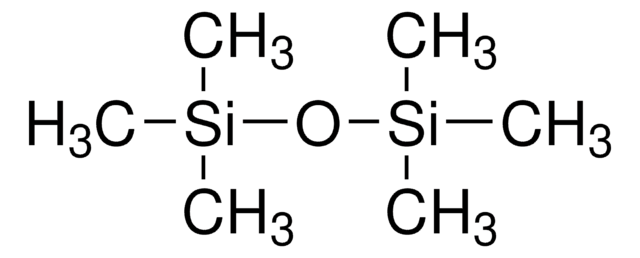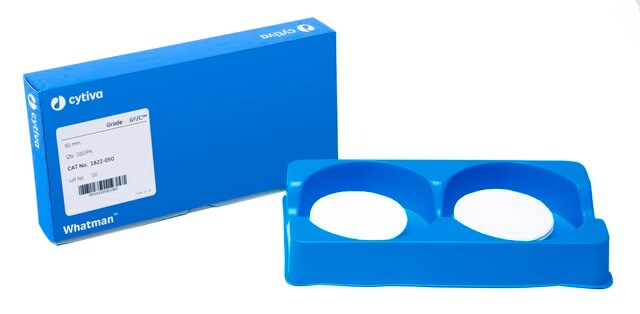Wichtige Dokumente
87920
Tetramethylsilan
analytical standard, for NMR spectroscopy, ACS reagent
About This Item
Empfohlene Produkte
Qualität
ACS reagent
analytical standard
for NMR spectroscopy
Qualitätsniveau
Dampfdruck
11.66 psi ( 20 °C)
Assay
≥99.5% (GC)
Form
liquid
Selbstzündungstemp.
842 °F
Brechungsindex
n20/D 1.358 (lit.)
n20/D 1.359
bp
26-28 °C (lit.)
mp (Schmelzpunkt)
−99 °C (lit.)
Dichte
0.648 g/mL at 25 °C (lit.)
Anwendung(en)
environmental
Format
neat
Lagertemp.
2-8°C
SMILES String
C[Si](C)(C)C
InChI
1S/C4H12Si/c1-5(2,3)4/h1-4H3
InChIKey
CZDYPVPMEAXLPK-UHFFFAOYSA-N
Suchen Sie nach ähnlichen Produkten? Aufrufen Leitfaden zum Produktvergleich
Allgemeine Beschreibung
Anwendung
Signalwort
Danger
H-Sätze
Gefahreneinstufungen
Flam. Liq. 1
Lagerklassenschlüssel
3 - Flammable liquids
WGK
WGK 3
Flammpunkt (°F)
-16.6 °F - closed cup
Flammpunkt (°C)
-27 °C - closed cup
Persönliche Schutzausrüstung
Eyeshields, Faceshields, Gloves
Hier finden Sie alle aktuellen Versionen:
Besitzen Sie dieses Produkt bereits?
In der Dokumentenbibliothek finden Sie die Dokumentation zu den Produkten, die Sie kürzlich erworben haben.
Kunden haben sich ebenfalls angesehen
Unser Team von Wissenschaftlern verfügt über Erfahrung in allen Forschungsbereichen einschließlich Life Science, Materialwissenschaften, chemischer Synthese, Chromatographie, Analytik und vielen mehr..
Setzen Sie sich mit dem technischen Dienst in Verbindung.










